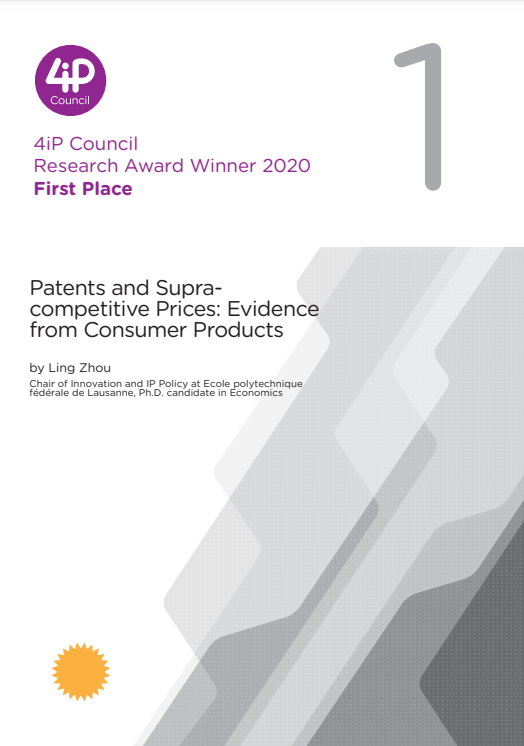Abstract
The patent system is a central tool in innova on policy. The prospect of monopolistic pricing conferred by patent protection supposedly encourages firms to innovate. However, there is scant empirical evidence supporing the existence of higher markups for patent-protected products. Using an original dataset that links a broad range of consumer products to the patents that protect them, we study the impact of patent protection on product prices. The empirical strategy exploits exogenous variations in patent status, namely the fall of the patent in the public dommain after the statutory 20-year term limit is reached. We find that a loss of patent protection leads to a 7–8 percent drop in product prices. The price drop, which starts about one year before patent expiry, is larger for more important patents and is more pronounced in more competitive product markets.






